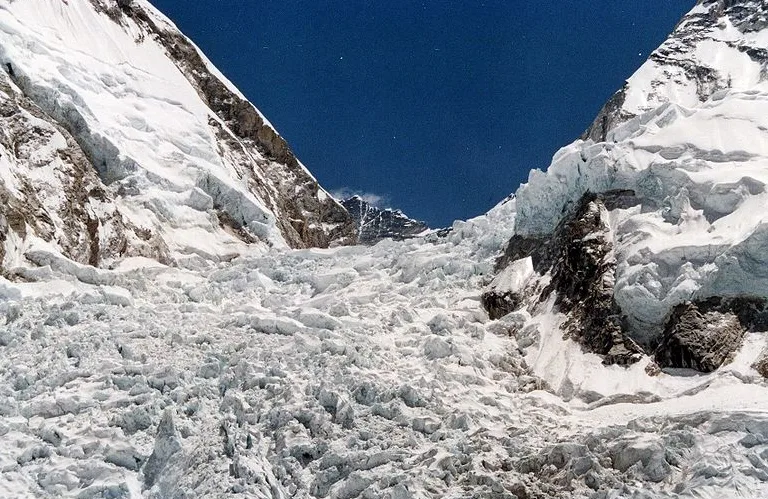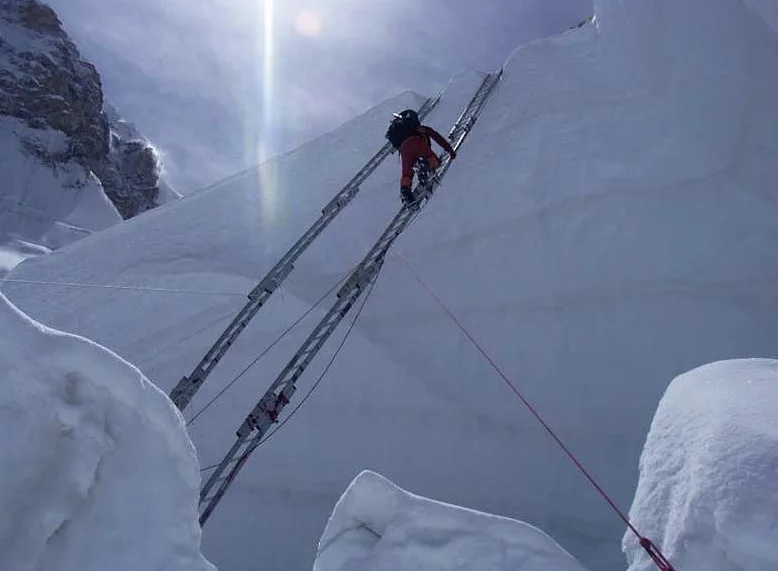
Dead bodies are turning up on Mount Everest, here's why
Mount Everest expedition operators are discovering an increasing number of dead bodies of climbers that were previously frozen in ice, and the warming temperatures point to the impacts of climate change.
The spring climbing season has begun, and the melting and thinning of the glaciers in the Everest region is apparent. According to a report by CNN, bodies from British expeditions in the 1970s were recently found, and in 2017 the hand of a dead climber appeared above the ground.
Operators at Mount Everest have faced a number of issues with modern expeditions, including the increasing amount of litter and human waste left behind by decades of mountaineering, as well as concerns of overcrowding. Some estimate that the amount of human waste on the mountain could weigh up to 14 tons, and some have even dubbed it a 'fecal time bomb.'
(Related: Mt. Everest base camp closed to tourists due to litter issue)
Mount Everest is the world's highest mountain, and it is thought that around 300 people have died attempting to conquer it. It is estimated that 200 bodies are still on the mountain, which presents an expensive challenge to the mountain operators. Removing a dead body can cost up to $80,000, and most have been surfacing at the Khumbu icefall, which a glacier that loops around the mountain and is known as one of the most dangerous parts of the climb.

A climber crossing Khumbu icefall. Credit: Wikimedia Commons
Meteorologist Jaclyn Whittal explains that climbers typically cross the Khumbu icefall, which is a collection of ice with large crevices, by laying down a ladder horizontally, which is a dangerous feat and climbers that fall are unlikely to survive. Bodies are found in South Col, which is also a dangerous route higher up on the mountain.










